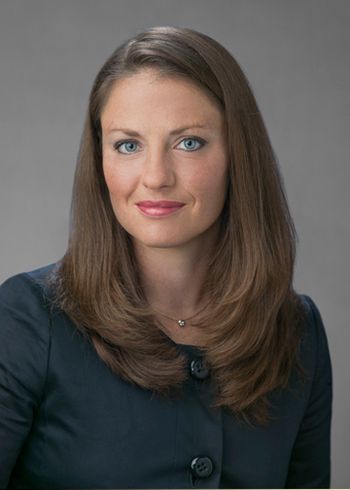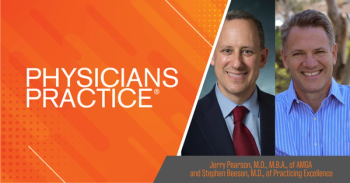
Building an LGBTQ+ friendly practice
How can healthcare providers provide a safe space for LGBTQ+ patients?
During the month of June, many businesses show their support of the Lesbian, Gay, Bisexual, Transgender and Queer community by flying rainbow flags in solidarity with the LGBTQ+ community, but what happens during the rest of the year? How can healthcare providers demonstrate their allyship by providing a safe and welcoming space for LGBTQ+ patients to seek care and receive care without judgement?
According to a Gallop poll, about 6% of US adults identify as lesbian, gay, bisexual, or transgender. This estimate is up from 4.5% in a previous Gallup’s update based on 2017 data. Gallup’s research also shows that younger generations are more likely to identify as LGBTQ+, with more than one in six Gen Z respondents identifying as something other than heterosexual.
This population is growing, and it’s important for healthcare providers to be prepared to create an LGBTQ+ friendly practice to respond to an expanding need for care.
Søren Estvold, MD, MPH is a 2018 graduate of the
Newsletter
Optimize your practice with the Physicians Practice newsletter, offering management pearls, leadership tips, and business strategies tailored for practice administrators and physicians of any specialty.








